In the grand, sweeping narrative of India’s civilizational journey, there are moments that stand not merely as historical events, but as profound affirmations of destiny. The 17th of September, 1948, is one such day—a day when the map of a newly independent India was not just drawn in ink, but sealed in the resolve of a nation reclaiming its own. It was the day the people of Hyderabad, after centuries of subjugation and a brief, terrifying period of existential threat, were liberated and reunited with their sacred motherland, Bharat. This was not an act of conquest, but a homecoming; not an annexation, but a restoration.
To understand the true significance of this day, one must look beyond the short five-day military operation and delve into the deep historical and civilizational context. For centuries, the Deccan plateau, of which Hyderabad was the heart, had been a bastion of Indian culture and power. The fall of the Vijayanagara Empire marked a turning point, and the region later came under the rule of the Nizams of the Asaf Jahi dynasty. While the Nizam was a Muslim ruler, the vast majority of his subjects were Hindus, living their lives in the shadow of a feudal system.
For 200 years, the Hyderabad State existed as a distinct entity, but it was always an inseparable geographical, cultural, and historical part of the Indian subcontinent. Its languages, its traditions, its very soul were interwoven with the fabric of Bharat. When the British departed in 1947, granting independence to the Dominion of India and creating the new state of Pakistan based on religious grounds, a unique and dangerous situation arose. The Nizam, Osman Ali Khan, the world’s richest man, harboured ambitions of independence or accession to Pakistan, despite his landlocked state being surrounded entirely by India.
This aspiration for a separate existence, dubbed ‘Azad Hyderabad’, was a geopolitical absurdity and a civilizational betrayal. It was a notion nurtured not by the will of the people, but by the megalomania of a ruler and the fanaticism of a radical militia known as the Razakars. The Razakars, led by the violent extremist Qasim Razvi, became the central actors in the tragedy that unfolded in Hyderabad. Under the tacit approval of the Nizam, this private army unleashed a reign of terror upon the Hindu majority. Their goal was clear: to suppress dissent, ethnically cleanse the countryside, and create a Muslim-dominated state that could defy the Indian Union. Villages were burned, temples desecrated, women violated, and families massacred. Thousands of Hindus were forced to flee their ancestral homes. It was a pogrom designed to break the spirit of a people and sever their ancient bonds with the rest of India.
The nascent Indian government, under the stewardship of Sardar Vallabhbhai Patel, initially pursued a path of negotiation. For over a year, they attempted to reason with the Nizam, hoping to avoid conflict and achieve a peaceful integration. The world watched, and India, still finding its feet after the horrors of Partition, showed remarkable restraint. But the Nizam, emboldened by the Razakars and misguided counsel, interpreted this patience as weakness. He accelerated his efforts to arm his state and sought international intervention, even appealing to the United Nations. Sardar Patel, the Iron Man of India, understood the language of the nation’s soul. He knew that India’ unity was non-negotiable. For him, Hyderabad was not a real estate dispute; it was a question of India’s integrity and the safety of millions of Indians suffering under the boot of Razakar brutality. The continued violence and the Nizam’s intransigence made it clear that dialogue had exhausted its purpose. The Indian state had a sacred duty—a Dharma—to protect its citizens and ensure the territorial integrity for which countless freedom fighters had sacrificed their lives.
Thus, Operation Polo was launched on September 13, 1948. The Indian Army, a force that had just begun to find its identity, moved in from five fronts. Codenamed a ‘Police Action’ to signify its domestic nature and to avoid international complications, it was a swift and decisive military campaign. The Nizam’s forces, though numerically significant and well-equipped, were no match for the discipline and resolve of the Indian troops. The Razakar militias, bullies who preyed on the unarmed, crumbled in the face of a professional army. Within 109 hours, it was over. On September 17, the Nizam’s forces surrendered unconditionally. The radio broadcast from Hyderabad announced a ceasefire, and the Indian tri-colour was hoisted over the Golconda Fort and other key installations. For the millions of oppressed Hindus and the sensible Muslims who longed for peace, it was a dawn they thought might never come. The sounds of terror were replaced by a profound silence of relief, soon to be followed by joyous celebrations. They were free. They were, finally, Indians in full measure.
The liberation of Hyderabad was a moment of immense national pride. It was a powerful statement that India would not tolerate internal secessionism fueled by religious fanaticism. It affirmed that the nation was one and indivisible, a union that would be protected with unwavering determination. Sardar Patel’s strategy ensured that the cancerous threat of a potential Balkanization of India was nipped in the bud. By integrating over 500 princely states, he had sculpted the modern map of India, and Hyderabad was his masterpiece.
In the years that followed, Hyderabad became a vibrant testament to India’s pluralistic ethos. The people of the region, freed from the shackles of feudal oppression and communal violence, joined the national mainstream. They contributed immensely to India’s progress in fields of technology, education, industry, and culture. The city of Hyderabad today stands as a symbol of this harmonious synthesis—a bustling metropolis where ancient temples, where the legacy of its past is preserved not as a marker of division but as a chapter in its integral Indian story.
Yet, for decades, the true history of this struggle and the immense suffering of the people were relegated to the footnotes of history. The narrative was often sanitized, the sacrifices of the victims forgotten, and the valor of the operation underplayed in certain political discourses. To remember the 17th of September is to correct that historical oversight. It is to honour the memory of those who perished at the hands of the Razakars and to pay tribute to the Indian soldiers who laid down their lives to uphold the dignity of the nation. This day serves as an eternal reminder. A reminder that the integrity of Bharat is paramount. A reminder that the forces of division and hatred, whatever their guise, will always be met with resolute strength. A reminder that the cultural and civilizational unity of this ancient land is its greatest strength, a strength that has weathered countless storms over millennia.
The liberation of Hyderabad was not just the integration of a territory; it was the reclamation of a soul. It was the day Mother India gathered one of her most cherished children back into her embrace, ending a long night of suffering and heralding a new dawn of freedom and unity. To celebrate this day is to affirm our commitment to an India that is strong, united, and true to its eternal spirit. It is to remember that our freedom and our unity are priceless, won through sacrifice and preserved through vigilance.
Jai Hind.
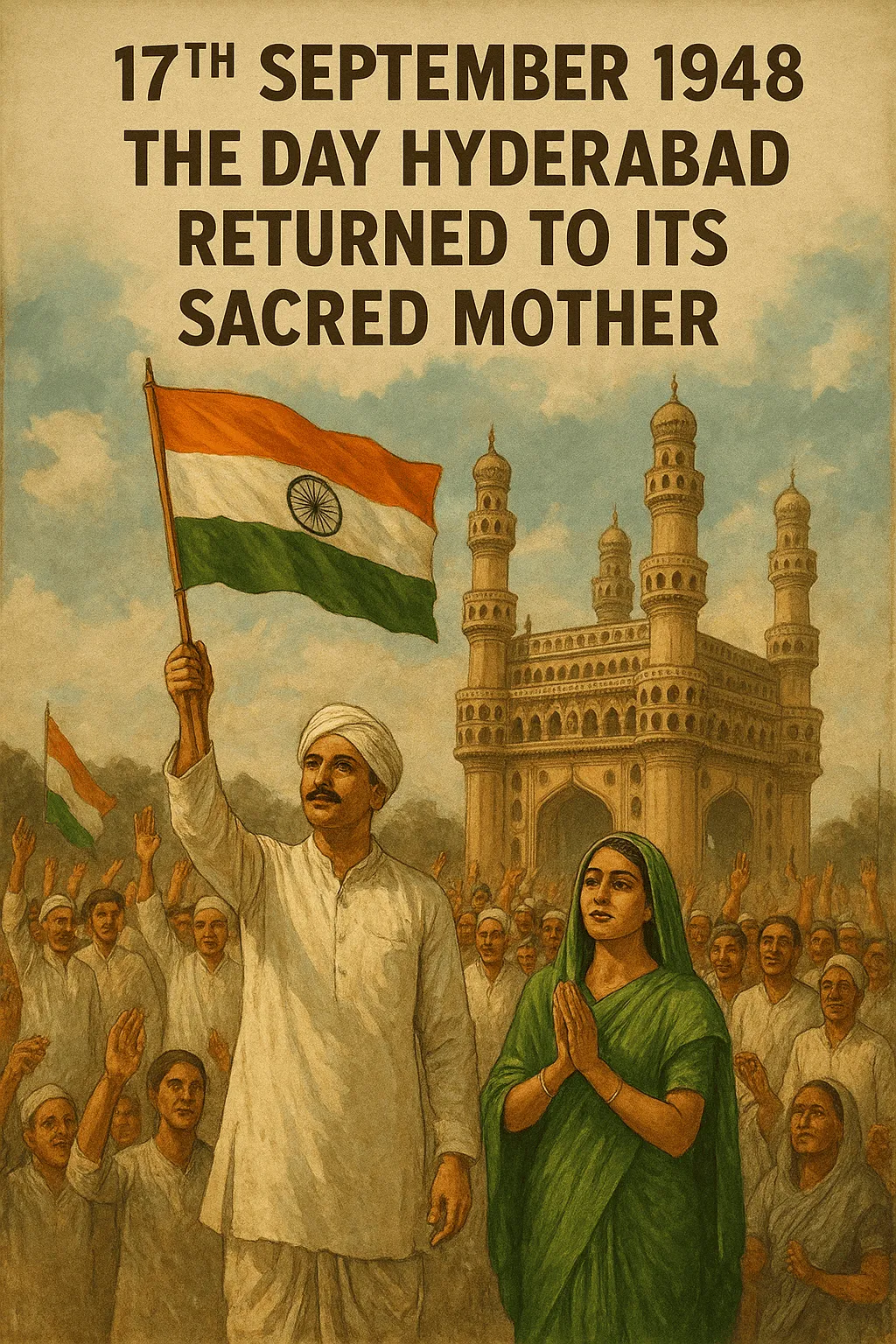
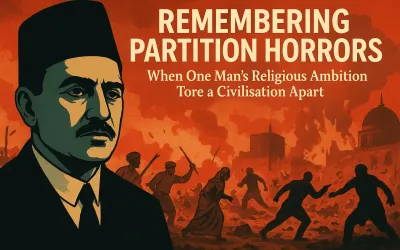
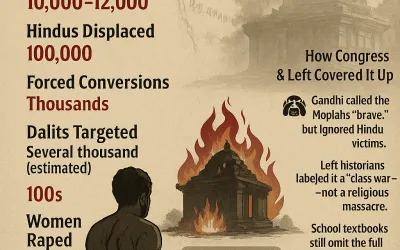
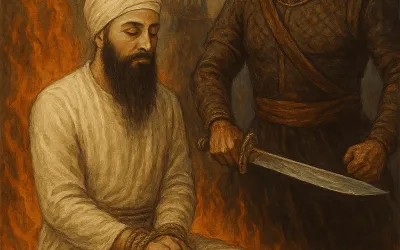

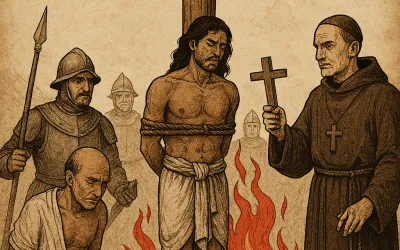


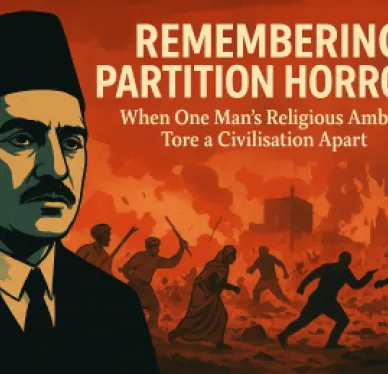

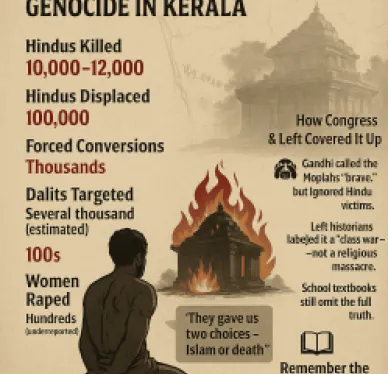
Comments
Add new comment